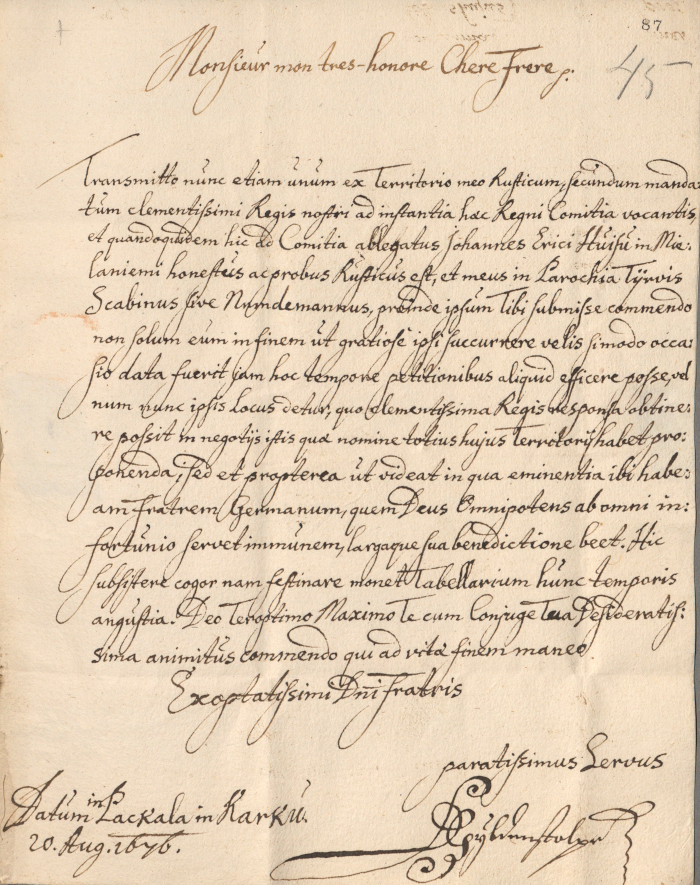Following publication earlier in the year of the collaboratively authored volume Reassembling the Republic of Letters in the Digital Age: Standards, Systems, Scholarship, it is fascinating to witness the ripple effect continue unabated within the scholarly circles drawn together beneath the banner of the ‘Reassembling the Republic of Letters’ COST-funded action.[1. Reassembling the Republic of Letters in the Digital Age: Standards, Systems, Scholarship, ed. Howard Hotson and Thomas Wallnig (Göttingen University Press, 2019). The volume maybe be downloaded as an open-access PDF] Back in March of last year, Kristi Viiding, professor of Classical Philology at the Univesrity of Tartu, hosted an EMLO-led Training School at the Under and Tuglas Literature Centre of the Estonian Academy of Sciences in Tallinn. Subsequently, Kristi and her team collated and contributed to EMLO the first instalment of the correspondence inventory for the Livonian humanist David Hilchen, which was published almost exactly a year ago. And in the course of this work, Kristi made an introduction between our team at EMLO and Raija Sarasti-Wilenius, Professor of Latin language and Roman literature at the University of Helsinki.

Letter by Daniel Gyldenstolpe to Nils Gyldenstolpe dated 20 August 1676. (Nordin 469:45; image courtesy of Uppsala University Library)
Raija works on the Latin letters of the Gyldenstolpe family and—as a beneficiary of funding from the University of Helsinki—with the assistance of Minna Vesa, she compiled and published in EMLO the the first instalment of the inventory of the Gyldenstolpe family letters.[2. See, amongst her other publications, Raija Sarasti-Wilenius, ‘Dear Brother, Gracious Maecenas. Latin Letters of the Gyldenstolpe Brothers (1661–1680)’, Humaniora, 374, Annales Academiae Scientiarum Fennicae (Helsinki, 2015).] The career of Nils Gyldenstolpe (1642–1709), the Swedish statesman and diplomat, culminated in his appointment as Secretary of State to Charles XII in 1705. The corpus of manuscripts that make up his family’s archive, now in the care of the Uppsala University Library, offers fascinating glimpses into the education and career opportunities available to members of a seventeenth-century society that was marked by ‘strict social hierarchy and networks of patron-client relationships’.[3. See the introductory page to ‘The Correspondence of the Gyldenstolpe family’, contributed by Raija Sarasti-Wilenius and Minna Vesa, University of Helsinki, in Early Modern Letters Online, accessed 18 December 2019.]
Here in Oxford at the Networking Archives project, as we progress through the disambiguation of the authors and recipients of correspondence to be found in the State Papers of early modern Britain, we shall keep an eye open for mentions of members of this illustrious family. And we look forward also to watching as today’s talented and industrious scholars thread further early modern correspondence metadata into the webs of communication under investigation.
